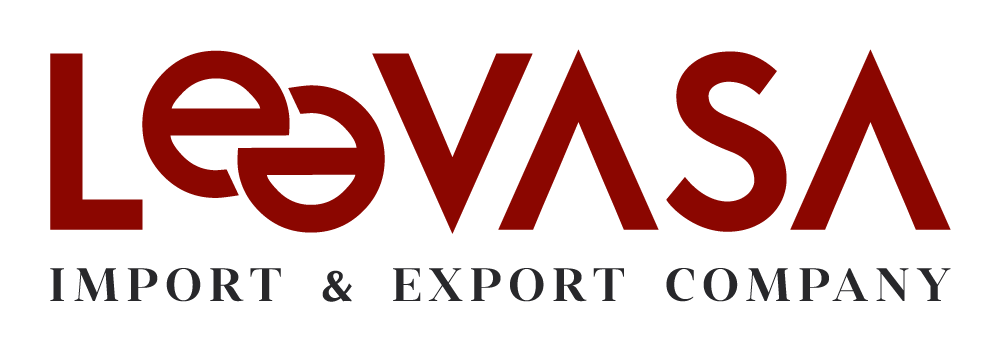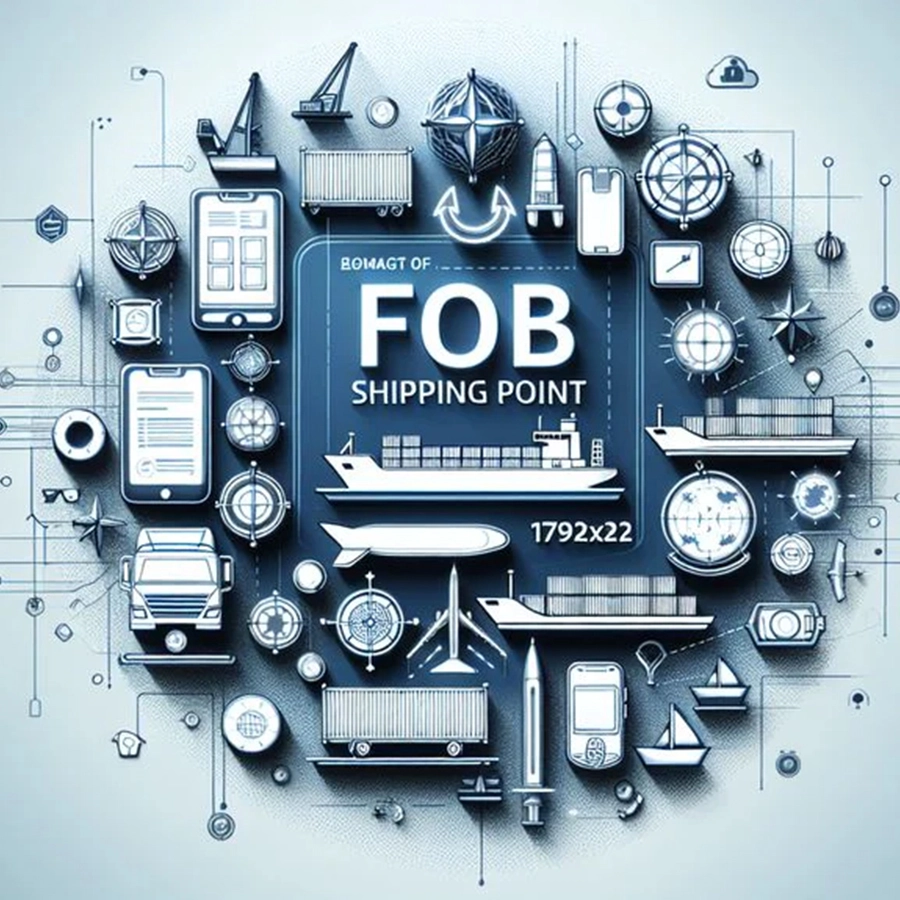Introduction
In international trade, using standardized terms and agreements for transporting goods is essential. These terms create transparency in trade contracts and clearly define the responsibilities of the seller and buyer. One of the most widely used terms in international shipping is FOB (Free on Board), which plays a significant role in export contracts.
FOB indicates the point at which the seller’s responsibility ends, and from that moment, all costs and risks associated with shipping the goods are transferred to the buyer. This article will explore the FOB concept, its applications, benefits, and the challenges that may arise in trade transactions.
Definition of FOB and Its Application in Export
The term FOB (Free on Board) means that the seller is responsible for delivering the goods on board the designated ship at the specified port. After this point, all transportation costs and risks are borne by the buyer. This trade term is mainly used in maritime transport and plays a crucial role in agreements between exporters and importers.
FOB is commonly used for exporting goods that require sea transportation, such as raw materials, agricultural products, petrochemical derivatives, industrial machinery, and bulk goods. Under this agreement, the buyer is responsible for transport, insurance, and delivery at the final destination, while the seller’s obligation ends once the goods are loaded onto the ship.
Advantages of FOB in Export
Using FOB in trade transactions offers several advantages for both exporters and importers:
- Lower Costs for the Seller The seller’s responsibility ends once the goods are loaded onto the ship, meaning they are not responsible for international transport, customs clearance at the destination, or freight insurance. This allows exporters to reduce costs and offer more competitive pricing.
- More Focus on Production and Quality Since the seller does not manage international logistics, they can focus on improving product quality and efficiency. This enhances their competitiveness in global markets.
- Greater Contract Transparency FOB clearly defines when responsibilities and costs shift from the seller to the buyer. This reduces disputes and ambiguities between parties and ensures smoother contract execution.
- More Flexibility for the Buyer With FOB, the buyer controls the shipping process, allowing them to choose their preferred freight company, negotiate better insurance terms, and optimize transport routes. This can lead to lower logistics costs and increased efficiency.
Challenges of Using FOB in Trade Transactions
Despite its many benefits, using FOB can also pose some challenges that businesses must consider.
- Dependence on Port Infrastructure and Loading Facilities Since the seller is responsible for loading the goods onto the ship, the availability of proper port facilities (such as loading cranes, storage facilities, and customs clearance systems) is crucial. Weak infrastructure can lead to delays.
- Increased Risk for the Buyer From the moment the goods are loaded onto the ship, all risks—including cargo damage, loss, delays, and insurance issues—are the buyer’s responsibility. The buyer must ensure proper insurance coverage for their goods.
- Differences in Regulations Across Countries Each country has its own customs and shipping regulations. Buyers and sellers must be aware of these legal requirements to avoid fines, legal complications, or shipment delays.
- Managing Documentation and Customs Procedures Under FOB terms, the seller must provide the necessary shipping documents. If any discrepancies exist in the paperwork, bill of lading, or customs forms, this could result in delays or penalties at the destination.
Conclusion
FOB is one of the most widely used shipping terms in export, where the seller is responsible for delivering goods to the port, and from that point, all costs and risks are transferred to the buyer.
This method helps exporters lower costs and focus on production quality, while buyers gain more flexibility in choosing shipping companies and managing transportation costs. However, challenges such as port infrastructure dependency, varying country regulations, and increased risks for the buyer must be considered.
To select the most suitable shipping method, exporters and importers must fully understand various trade terms and make informed decisions based on market conditions, legal regulations, and cost efficiency.



